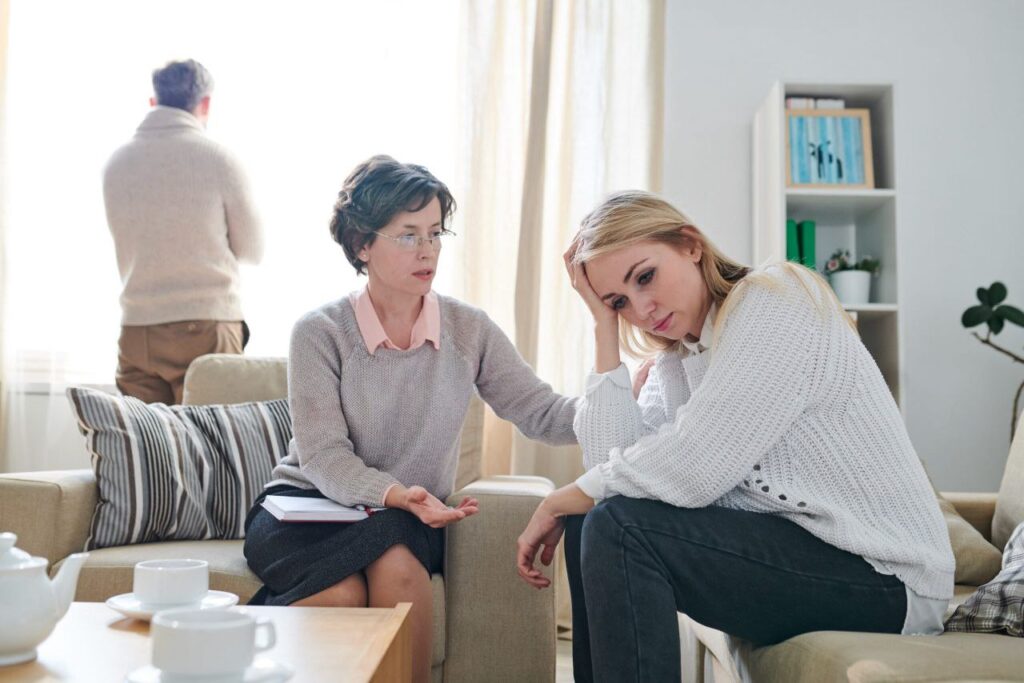Living with Phobic Anxiety Disorder
Phobic anxiety disorder, also known as specific phobia, is a type of anxiety disorder characterized by excessive and persistent fear of a specific object, situation, or activity. This fear is so intense that it interferes with a person’s daily life, causing significant distress and impairment. In this article, we will explore the experiences of living with phobic anxiety disorder and the various coping mechanisms that can help individuals manage their symptoms.
The Symptoms of Phobic Anxiety Disorder
People with phobic anxiety disorder often experience a range of symptoms, including:
– Excessive and persistent fear of a specific object, situation, or activity (e.g., spiders, enclosed spaces, or flying)
– Avoidance of the feared object, situation, or activity
– Physical symptoms such as rapid heartbeat, sweating, and trembling in response to the feared object, situation, or activity
– Significant distress or impairment in social, occupational, or other areas of life
The Impact on Daily Life
Living with phobic anxiety disorder can be incredibly challenging. For example, a person with a fear of spiders may avoid going into certain areas of their home or avoiding outdoor activities altogether. This avoidance can lead to feelings of isolation and loneliness, as well as significant distress and impairment.
Coping Mechanisms
Fortunately, there are several coping mechanisms that can help individuals with phobic anxiety disorder manage their symptoms. These include:
– Exposure therapy: This involves gradually exposing oneself to the feared object, situation, or activity in a controlled and safe environment.
– Cognitive-behavioral therapy (CBT): This type of therapy helps individuals identify and change negative thought patterns and behaviors associated with their phobia.
– Relaxation techniques: Techniques such as deep breathing, progressive muscle relaxation, and visualization can help reduce anxiety and stress.
– Medication: In some cases, medication such as benzodiazepines or antidepressants may be prescribed to help manage symptoms.
Personal Account
“I have always been afraid of spiders,” says Sarah, a 32-year-old marketing executive. “I would avoid going into certain areas of my home or avoiding outdoor activities altogether. It was exhausting and isolating. But then I started seeing a therapist who specialized in CBT. With her help, I was able to gradually expose myself to spiders in a controlled environment. It was scary at first, but I slowly started to feel more confident and less anxious.”
Conclusion
Phobic anxiety disorder is a common and treatable condition. While it can be challenging to live with, there are several coping mechanisms that can help individuals manage their symptoms. By seeking professional help and using these coping mechanisms, individuals with phobic anxiety disorder can learn to live with their condition and lead fulfilling lives.
References:
Specific phobias – Symptoms and causes – Mayo Clinic
Specific Phobia – StatPearls – NCBI Bookshelf (nih.gov)
Phobias: Symptoms, types, causes, and treatment (medicalnewstoday.com)
Websites:
Britmed Healthcare: https://britmedhealthcare.co.uk/
Nightingale Hospital: https://www.nightingalehospital.co.uk/
Top Doctors: https://www.topdoctors.co.uk/doctor/ahmed-el-missiry
You can also book, Contact us on WhatsApp 08009708017

